
DIFFERENT TYPES OF EARRINGS
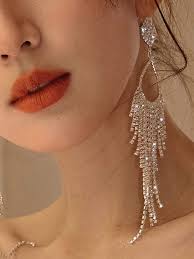
- Stud Earrings: These earrings consist of a single small gemstone, metal ball, or decorative element attached to a post that goes through the earlobe. The post is secured with a backing or screw.
- Hoop Earrings: Hoop earrings are circular or semi-circular in shape and come in various sizes, from small to oversized. They can be plain metal hoops or adorned with gemstones, beads, or other embellishments.
- Dangle Earrings: Dangle earrings feature a decorative element that hangs below the earlobe. They can vary in length, ranging from subtle drops to long, swinging designs. Dangle earrings often incorporate gemstones, pearls, crystals, or intricate metalwork.
- Chandelier Earrings: Chandelier earrings are characterized by their elaborate designs and multiple tiers of dangling elements. They are often ornate and may feature gemstones, beads, chains, or metalwork in intricate patterns.
- Huggie Earrings: Huggie earrings are small hoops that fit closely around the earlobe. They are designed to “hug” the ear and are usually thicker than traditional hoop earrings.
- Cuff Earrings: Cuff earrings wrap around the outer edge of the ear, creating a cuff-like appearance. They can be simple cuffs or more elaborate designs that extend along the ear.
- Drop Earrings: Drop earrings feature a single decorative element that hangs down from the earlobe, similar to dangle earrings but typically shorter in length.
- Cluster Earrings: Cluster earrings feature multiple small gemstones or beads clustered together to create a focal point. They can have a floral, geometric, or abstract design.
- Stud Jacket Earrings: Stud jacket earrings consist of a decorative element that sits on the front of the earlobe, with a separate piece that attaches to the earring post behind the ear, creating a layered look.
- Threader Earrings: Threader earrings have a thin chain or thread that passes through the earlobe, allowing the decorative element to hang freely. They offer a modern and minimalist aesthetic.
- Stud Drop Earrings: These earrings combine the simplicity of stud earrings with a small dangling element, typically hanging just below the earlobe.
- Ear Crawler Earrings: Ear crawler earrings are designed to “crawl” up the earlobe or along the outer edge of the ear. They often feature a series of small gemstones or decorative elements arranged in a row.
- Ear Thread Earrings: Ear thread earrings consist of a thin chain or thread that passes through the earlobe, with a decorative element at one end and a stopper at the other. The length of the chain can be adjusted to create different looks.
- Statement Earrings: Statement earrings are bold and eye-catching designs that make a statement or serve as a focal point of an outfit. They can be oversized, colorful, or intricately designed, often incorporating unique shapes or materials.
- Clip-On Earrings: Clip-on earrings are designed for individuals without pierced ears. They feature a clasp or clip mechanism that attaches to the earlobe without the need for piercing.
- Tassel Earrings: Tassel earrings feature dangling strands of fabric, beads, or threads that create a tassel-like effect. They can be long or short and are often used to add movement and texture to an outfit.
- Mismatched Earrings: Mismatched earrings are a playful and trendy style where each earring in a pair is intentionally different in design, size, or shape. This asymmetrical look adds an element of creativity and personalization to an outfit.
- Ear Stud Sets: Ear stud sets include multiple pairs of stud earrings in coordinating or complementary designs. They offer versatility, allowing the wearer to mix and match earrings to suit their mood or style.
- Ear Chain Earrings: Ear chain earrings feature a decorative chain that connects an earring to another part of the ear, such as the helix or cartilage. They create a unique and edgy look.
- Convertible Earrings: Convertible earrings are versatile designs that can be worn in multiple ways. They may feature detachable components or adjustable elements that allow them to be transformed into different styles, such as studs, drops, or cuffs.
TYPES OF PIERCINGS
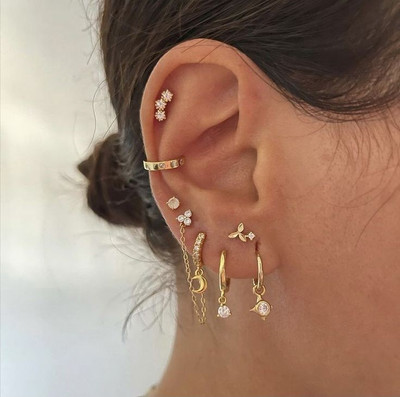
Piercings are a form of body modification that involves puncturing or perforating a part of the body to create an opening where jewelry can be worn. There are numerous types of piercings, each with its own name and location on the body. Here are some common types of piercings:
- Ear Piercings:
- Earlobe Piercing: This is the most common type of ear piercing, where the earlobe is pierced with a needle to create a hole for wearing earrings.
- Helix Piercing: A helix piercing is located on the upper cartilage of the ear, typically on the outer rim.
- Forward Helix Piercing: This piercing is located at the front of the upper cartilage of the ear, near the face.
- Tragus Piercing: The tragus is the small piece of cartilage that partially covers the ear canal opening. A tragus piercing is placed through this area.
- Daith Piercing: This piercing is located on the innermost fold of cartilage in the ear, known as the daith.
- Facial Piercings:
- Nose Piercing: A nose piercing can be located on either side of the nostril or through the septum (the thin wall of cartilage between the nostrils).
- Eyebrow Piercing: Eyebrow piercings are placed horizontally through the eyebrow, typically above or below the natural eyebrow line.
- Lip Piercing: Lip piercings can be placed anywhere on the lips, including the upper lip (labret), lower lip (lowbret), or corners of the mouth (snake bites, angel bites, etc.).
- Tongue Piercing: This piercing is located through the center of the tongue.
- Cheek Piercing: Cheek piercings, also known as dimple piercings, are placed through the cheek tissue.
- Body Piercings:
- Navel Piercing: A navel piercing, also known as a belly button piercing, is located through the skin and tissue around the navel.
- Nipple Piercing: Nipple piercings can be placed horizontally, vertically, or diagonally through the nipple.
- Surface Piercing: Surface piercings are placed through flat surfaces of the body, such as the nape of the neck, the surface of the wrist, or the collarbone.
- Genital Piercing: Genital piercings can be performed on various parts of the genitalia, including the clitoris, clitoral hood, labia, penis, scrotum, or perineum.
WHY TRADITIONAL EARRING ARE SO FAMOUS ??
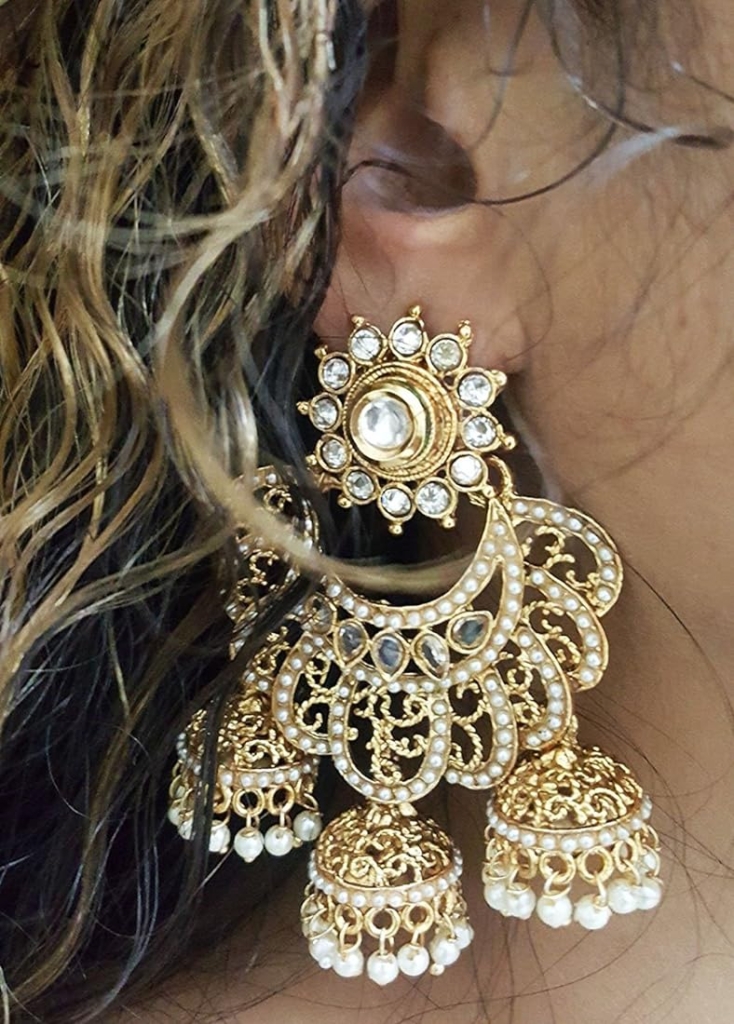
Cultural Significance: Traditional earrings often carry deep cultural significance, representing heritage, rituals, and customs passed down through generations. They serve as symbols of identity, belonging, and pride in one’s cultural heritage.
Craftsmanship and Artistry: Traditional earrings are often meticulously crafted by skilled artisans using traditional techniques and materials. The intricate designs, patterns, and motifs showcase the craftsmanship and artistry of the culture, making them highly prized and sought after.
Symbolism and Meaning: Many traditional earrings are adorned with symbols and motifs that hold specific meanings within the culture. These symbols may represent aspects of spirituality, fertility, protection, love, or other significant concepts, adding layers of meaning to the jewelry.
Connection to Tradition and History: Wearing traditional earrings allows individuals to connect with their cultural roots and ancestral traditions. It serves as a way to honor and preserve the heritage of their ancestors, fostering a sense of continuity and belonging across generations.
Fashion and Style: Traditional earrings are often intricately designed and visually striking, making them fashionable accessories that complement a wide range of outfits. They add a touch of elegance, sophistication, and uniqueness to one’s style, whether worn on special occasions or as everyday adornments.
Celebration and Festivities: Traditional earrings are commonly worn during cultural celebrations, festivals, weddings, and other significant events. They play a central role in traditional attire, enhancing the beauty and grandeur of ceremonial outfits and marking important milestones in people’s lives.
Regional Diversity: Traditional earrings vary widely across different regions and cultures, reflecting the diversity of traditions, customs, and aesthetics around the world. Each style of traditional earring carries its own distinct charm and allure, drawing inspiration from the landscape, history, and cultural practices of the region.
Emotional and Sentimental Value: Traditional earrings are often treasured heirlooms passed down from one generation to the next. They hold sentimental value as family heirlooms, carrying memories and stories of ancestors, making them cherished possessions with deep emotional connections.





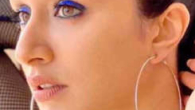
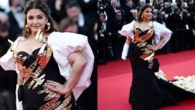



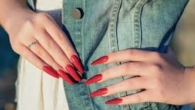
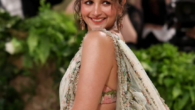
I WISH I COULD HAVE THESE ALL PRETTY EARRINGS
Thxx I was so confused what type of earrings should I wear on my birthday 😭😭✨
Mujhe toh Aaj pta chala that ki itne saareh types bhi hoteh hai earrings meh 😂😅👀